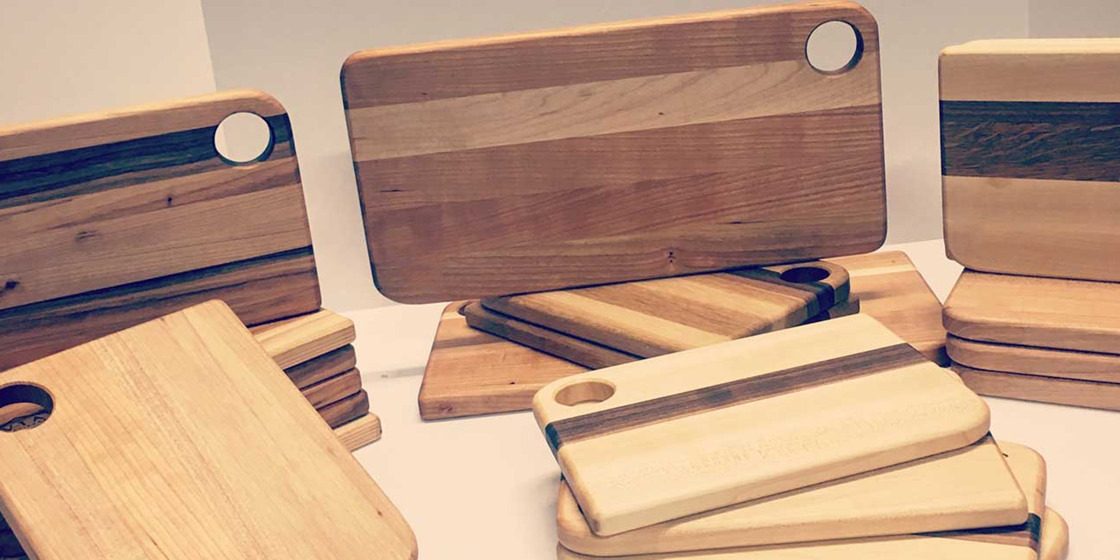Wood cutting boards have a timeless appeal, but in a market saturated with alternatives like plastic, bamboo, and composite boards, it’s crucial to make an informed choice. This in-depth comparison article will help you navigate the nuances of choosing the right cutting board material for your needs.
1. Hygiene and Bacterial Resistance: We’ll dive deep into the antibacterial properties of wood and how it compares to plastic and bamboo. Learn about studies on cutting board hygiene and understand the science behind wood’s natural resistance to harmful pathogens.
2. Durability and Longevity: Explore the durability of wood cutting boards, considering factors like knife marks, warping, and overall lifespan. We’ll provide insights into how wood fares against plastic and composite materials in the long run.
3. Maintenance and Care: Get detailed instructions on cleaning, disinfecting, and maintaining wood, plastic, and bamboo cutting boards. Discover the specific care routines required for each material to keep them in optimal condition.
4. Aesthetics and Tactile Experience: Understand the visual appeal and tactile qualities of different cutting board materials. We’ll discuss how wood’s natural beauty and texture enhance your cooking and dining experience.
5. Environmental Impact: Delve into the environmental impact of each material, considering factors like biodegradability, sustainability, and carbon footprint. Gain a comprehensive perspective on how your choice affects the planet.
By the end of this article, you’ll have a wealth of information to guide your decision when selecting the right cutting board material, taking into account hygiene, durability, maintenance, aesthetics, and environmental considerations.






